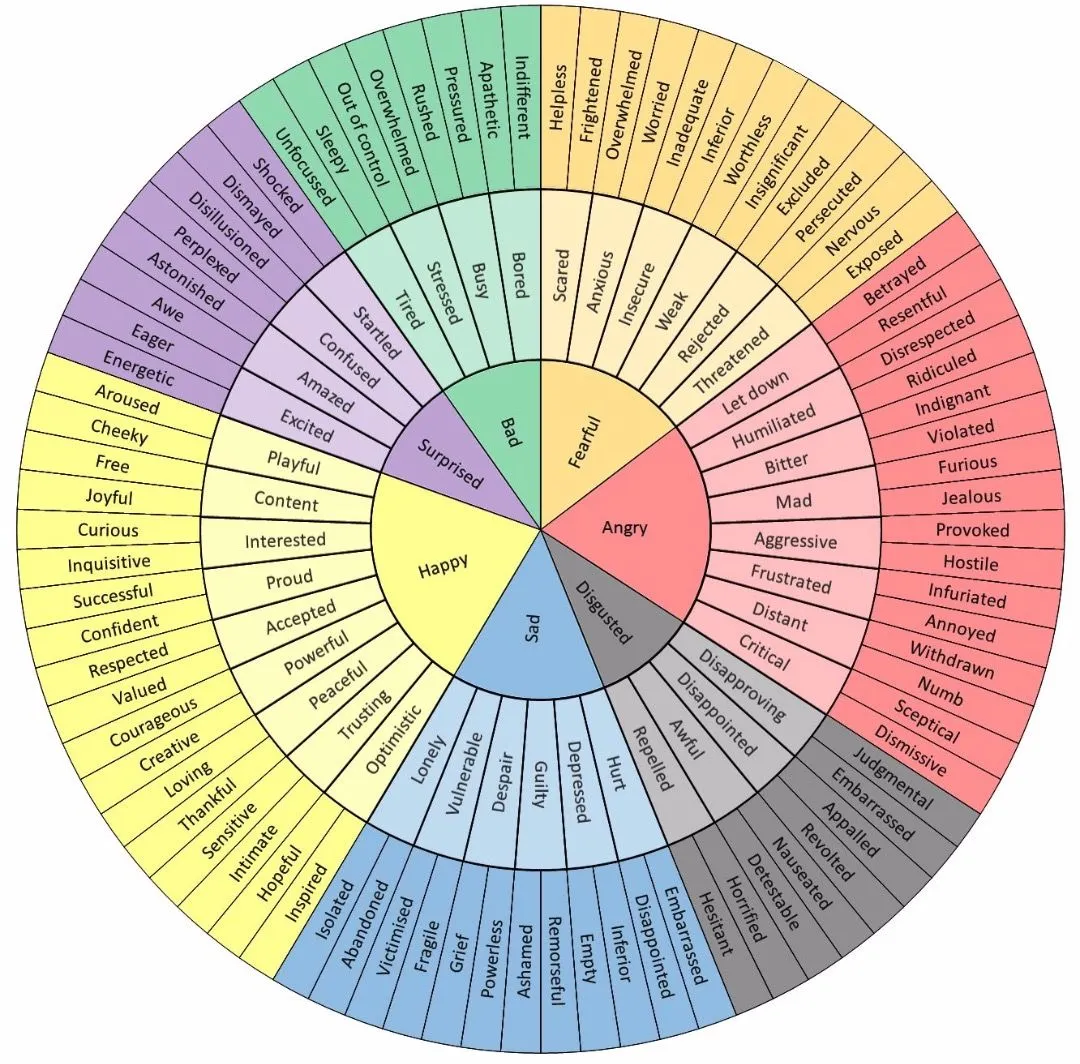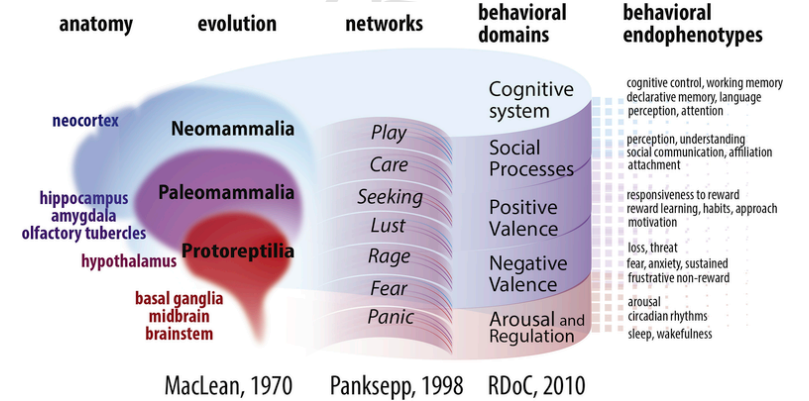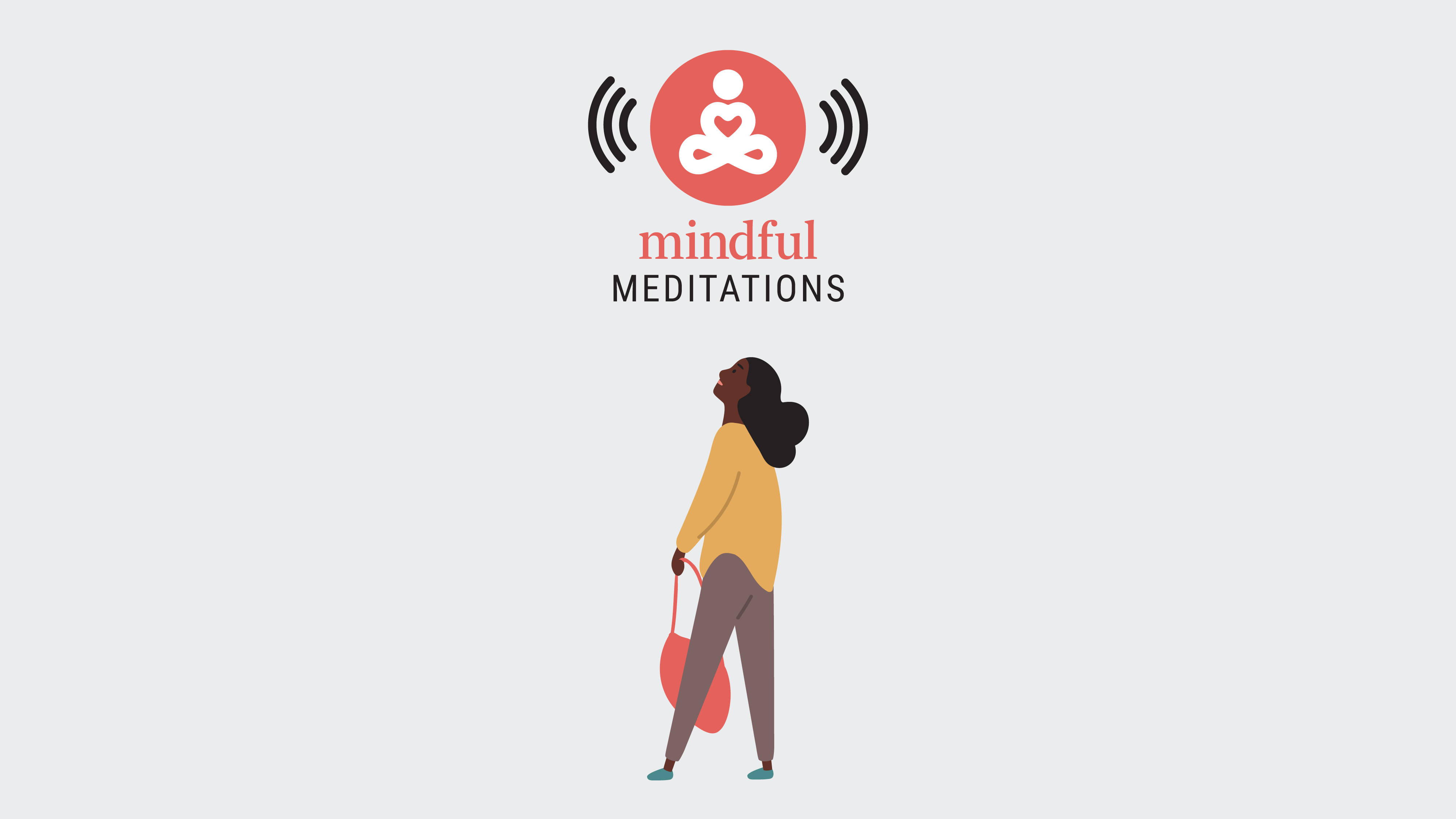3. Anger

What?
We're all angry
Anger is not an easy topic in today's society. The cliché "I'm not
angry, I'm disappointed" is a good case in point. People seem to
see anger as a sign of moral weakness, as a base emotion that they
are clearly above. In reality, we're all angry all the time, if
you really think it through.

Let's look at a couple of examples.
1.
A junior engineer is getting chewed up regularly by a certain
senior colleague during code reviews. They can usually
acknowledge that their code certainly has room for improvement,
but they feel very frustrated by the way the message is
delivered.
2.
A project manager asks an engineer to "quickly" implement an
"import from CSV" feature for a user database. There is no
specification about which data should be imported (name,
address, email, ...), about access rights (universal,
administrators only, ...) or UX. They can see the need for the
import feature, but are utterly confused as to what is expected
from them.

Image by
@trainingsbyromy
on Instagram


Image from
"Animal models in psychiatric research: The RDoC system as a new framework for
endophenotype-oriented translational neuroscience", March 2017, Neurobiology of Stress 7, DOI 10.1016/j.ynstr.2017.03.003

3.
An open source maintainer sees a bug notification appear on
GitHub. The bug description is very accurate, including the
necessary steps to reproduce the bug and the expected
behaviour. Nonetheless, they spend a long evening looking for
a fix and eventually go to sleep without getting any closer to
a solution. They feel extremely disappointed with their
progress (or lack thereof) on the bug.
I've used different adjectives to describe the people's emotions
in the above — frustrated, confused, disappointed —
but ultimately, these can all be replaced by "angry". We like to
tell ourselves and the outside world that we are frustrated by a
colleague's lack of empathy, but we cannot deny that on a basic
emotional level this stirs up our anger. The same goes for the
confusion about the manager's feature request, which only thinly
veils our anger at their superficial work. And in the last
example, we saw disappointment that is nothing but the worst
type of anger there is: anger towards ourselves.
Wheel of emotions
Just look at the
wheel of emotions,
which is sometimes used in
affective science, and see
the wide range of emotions that are basically anger:

Physiology of anger
For all the social stigma, anger is one of our
primary emotions, which we will discuss at length
later on in this chapter, and we should not deny it. All
animals, including humans, get angry and display the
accompanying physiological effects of it, which is basically the
same as the stress reflex.
So everyone gets angry but how we display this anger differs
very much from person to person. A few people get openly angry
regularly, but more often than not people act
passive-aggressively. Many also feel shame or guilt, which is basically
anger directed towards ourselves. Still others turn their anger
into control mechanisms or avoidance behaviour. For some, anger leads to
certain, often very strong, beliefs or convictions. In extreme
forms this can take the form of religious extremism or
conspiracy theories, but we see it often in moderate forms too.
A good example is the anti-vaxxer community whose beliefs tend
to be fueled by anger towards politicians or doctors who wronged
them in the past.
Just like stress, anger needs to be released from the body, lest
it cause serious physical harm. Whether we are aware of it or
not, prolonged anger causes tension in the body that quickly
builds up and often gets released only when things turn really
bad. And often, people very much deplore such an outburst of
bottled-up anger and the things that they say or do in this
state.
Venting anger
Venting anger, however, has tremendous benefits for the mind and body. As we will discuss later on, it is an integral part of dynamic meditation. This might seem unusual or scary at first, but it is actually a very logical response that we see in many other circumstances too.
For instance, many people will know the
haka as the
dance performed by New Zealand's national rugby team the All
Blacks to challenge opponents before international matches.
Haka are often performed by a group, with vigorous movements and
stamping of the feet with rhythmically shouted accompaniment.
These ceremonial dances have been traditionally used for a
variety of social functions within
Māori
cultures. Interpretations vary, but most agree that seeing them
as "war dances" is a limited view. While there are war haka (war dances
exist in many cultures), other haka have been called
"celebrations of life".
Just look at this beautiful wedding haka:
Whether the purpose of the haka is for warriors to proclaim
their strength and prowess in order to intimidate the
opposition, or for families to mourn the dead or celebrate the
living, it is clear that the vigorous movement of the dance and
venting one's anger helps the performers to
cope emotionally.
Therapeutic value
Becoming aware of our anger and adequately dealing with it, also
has great therapeutic value. At first you will learn to see how
much anger you harbour towards others, which will already help
you a lot simply by raising your awareness and understanding
your emotions. But after a while, working with anger also raises
an important measure of accountability. Although
our anger is directed towards others, we realize that it is
we who are angry and that it is our responsibility
to do something about it. Facing anger is a great way to acknowledge your mistakes. Anger is also closely
related to fear,
so finding out what we are angry about, teaches us more about
our fears.
Why?
Personal growth
Why are we devoting so much attention to anger? A first, more
practical reason is that in my experience anger is one of top
factors that impedes our personal growth. Whether it be private
or professional, anger in all of its forms, including silent
resentment or passive-aggressiveness, leads to conflict and
impedes any kind of development or success. Remember the IT guy
from Jurassic Park, whose anger with his boss eventually caused
the cascade of events that ended up with the dinosaurs being
released into the jungle? It's a cliché example, but I am
convinced that anger stands in the way for very many people.

Facing anger towards loved ones or co-workers might be difficult (people seem to think that acknowledging
anger is like admitting defeat) is the best way to learn to say no, because when you let go of anger, you
will be able to say what you want from a place of quiet resignation instead of anger.
7 affective systems
A second, more fundamental emotional reason for our attention to
anger, is that anger is a primary emotion that permits us to
understand the whole spectrum of basic negative emotions. Anger
masks fear and fear masks grief.
In order to understand this, we need to introduce the concept of
the 7 primary affective systems as developed by
Jaak Panksepp Ph.D., the founder of
affective neuroscience.
In this TEDx-talk, you can see Panksepp introduce his work:
Panksepp's empirical studies of both animal and human emotions and neurology carved
out seven biologically inherited primary affective systems:
- fear (anxiety)
- rage (anger)
- panic/grief (sadness)
- lust (anger)
- care (nurturance)
- play (joy)
- seeking (expectancy)
As you can see, three of these are negative, i.e. they cause
unpleasant feelings and thoughts, and three are positive. One, i.e. seeking, is more neutral,
functioning as a kind of playmaker that determines the direction of our actions.
UNIX of emotions
Dr.
Tom Herregodts, who has
been using affective neuroscience in his psychiatric practice for over 25 years, often calls these 7
primary affective systems the "UNIX of our emotions", because in and of themselves these systems
work quickly and flawlessly. When an animal or human engages in sexual activity, it will produce the
neurochemicals and therefore experience the feeling of lust. When they encounter a predator, the same will
be the case for fear. In this way, these systems are certainly not inherently "negative" or "positive".
They all have their function. It is only normal to feel grief when a loved one dies, for instance.
The affective systems, which Panksepp associates with distinct regions of the brain, function through
various neurochemicals:
- adrenaline a.k.a. epinephrine (excitement, fear, ...)
- cortisol (anxiety, displeasure, ...)
- serotonin (mood, reward, ...)
- endorphines (pleasure, well-being, ...)
- oxytocin (bonding, connection, ...)
- dopamine (drive, motivation, ...)
As with the affective systems, the role and function of these neurochemicals is complex and often
double-edged. For instance, while
cortisol is sometimes called the "stress hormone", it is vital for basic bodily functions like waking up.
However, it is well-established that a chronic elevation of those
associated with the negative systems
or a surplus at the wrong time (e.g. too much adrenaline/cortisol when we go to bed) or
extreme spikes is detrimental, not only for our mental, but also for our physical health.

As already discussed, the negative affective systems provide a normal and even necessary component of our
emotional life, but when they go into overdrive things get problematic. Panksepp discusses, for instance,
various stages of anger, such as irritability (small), loss of impulse controle (medium), and vengeance
(high). The same goes for fear with worrying, anxiety, panic and finally psychosis.
From negative to positive
A healthy emotional life requires a balance between the positive and negative systems. A happy
emotional life can be defined as one that is directed (seeking) towards the positive systems, more than
towards the negatives. Let me give you a concrete example of that.

Imagine a day at work where you get assigned a particularly vexing bug ticket. You spend the whole day
trying to figure out what is going on, but without much avail, while at the same time people are asking
you questions about your progress. Under such circumstances, many people's seeking system will
automatically direct their emotions towards the negative systems, such as rage (anger towards colleagues
and themselves), fear (anxiousness about not getting the problem fixed) and sadness or even panic.
In another scenario, you wake up on a Sunday with a brilliant idea for a pet project. It is quite a bit
out of your comfort zone, but you soldier on and are happy to spend the day coding, even though you
cannot
implement everything you planned without further study. You contact a friend who knows more about the
topic and you spend up chatting a whole hour about your idea. For most people, this will active the
positive systems like play (hacking away at a problem), care (connecting with your friend).
In both examples, however, the actual work you are doing is very similar: trying to solve a
difficult software issue and discussing it with peers. The only difference is the affective systems that
get activated. This shows that if you would only succeed in deactivating the negative systems (anger,
fear, sadness) you could experience your work day with the bug ticket in a completely different way!
How?
We will discuss the 7 affective systems more in depth in the final chapter on burnout. For now it is high time that we returned to dynamic meditation,
which
lead us to talk about anger in the first place.
Dynamic meditation
In the previous chapter, we already introduced dynamic meditation as a way to rid the body of stress and
tension, and to to emotionally reprogram the fear memory. You could see a couple of examples of the
technique there, but we still need to discuss it in full.
Theory
1. Dynamic meditation starts with recognizing tension. As discussed, anger is often a good
way
towards emotional awareness.
Awareness of anger leads to awareness of fear, and
then to grief.
2. After becoming aware, we need to work with the
body to neutralize this tension and fear. We've already seen several techniques for that in the
chapter on stress, but what is important here to add, is the component of anger.
Stirring up and venting anger is the best way to bypass our cognitive system and access the animalistic
part of it. Remember, fear resides in the limbic system which is part of the palaeomammalian complex. This is why the best techniques for
releasing tension in dynamic meditation are very primitive, physical and animalistic: sighing, shouting,
shaking your body,
hitting a pillow, stamping, jumping up and down hysterically, ...
3. Of course, it takes time for our body to unlearn fear like this. Fear doesn't
just disappear from your limbic system. For centuries, this
system's job was precisely to help us survive by remembering
menacing smells, sights, sounds, tastes or situations. But with
honest effort and repeated practice, it is certainly possible to
silence the negative affective systems and thereby give room for the positive ones.
4. Then we are ready for the emotional work, i.e to face our fears.
We go back to a moment in the near or distant past where, for
example, we felt silenced, missed recognition, were afraid but
could not express an emotion, and so on. At such a moment we have
learned (by society) to bottle up our anger and unconsciously tension has
been stored in our body. In dynamic meditation, however, we
can turn the impotence of such a moment into strength by
discharging the anger and tension of the moment in a healthy way.
In this way we succeed in therapy where we failed in real life. Peter A. Levine, the creator of so-called
somatic experiencing, calls this
"succesful escape" and "empowerment". It is a way to reprogram our emotional memory with positive
experiences, which we have already discussed as a well-documented way to overcome fear.
5. In addition to bodily movements, the use of our voice is also
important. In addition to holding back anger, we have also learned
to bite our tongues and to interiorize not only feelings but also
words. That's why it's important to get those words out in therapy
and to shout out the words or sounds that you couldn't voice at the
time of the injury. By using your voice, you take your own place.
6. In this way, succeed in not only
releasing tension and erasing fear, but also emphasizing our self-esteem and
strength. During dynamic meditation, we therefore not
only shout: "Fear, get out of my head!", but also "I have the power!" or "I'm worth it!". Including such
positive affirmation is a key
aspect of dynamic meditation.
Practice
I realize that was a lot of theory. To boot, it probably seems and feels a very strange thing to do. So
let's have a look at a couple of practical ways of doing dynamic meditation.
The next videos (again you'll need subtitles) offer three different examples of dynamic meditation. The
first mainly uses bouncing and
some Qi Gong techniques. The second is an example of how to do dynamic meditation if you can't make a lot
of noise (wringing a towel). The third is an example of full-blown meditation, using a tennis racket to
hit a foot stool.
Exercise
Unsurprisingly, this week's exercise is about putting dynamic meditation into practice. How you do this,
is up to you. You can follow the "Hulk" or "Thor" protocols you have seen in the videos above, or if you
have a tennis racket and something to hit (a foot stool, a pillow on the bed, ...), go for it. There's
very little you can do wrong, except for directing your anger towards yourself.
Rules
Here's a few important rules to take into account when you are doing dynamic meditation:
- Practice alone
- Start with a maximum of 5 minutes
- Keep an open mind and give the practice an honest try
- Let go of any shame, prejudice or assumptions
- Never direct your anger towards yourself
- Never direct your anger towards others except during meditation
- Stop if you feel physical pain
- Continue if you feel fear, anger or sadness!
- Persist
- Experiment
Inspiration
If you want to learn more about anger, the 7 emotional systems, affective neuroscience or dynamic
meditation, you can find more information in the following resources:
